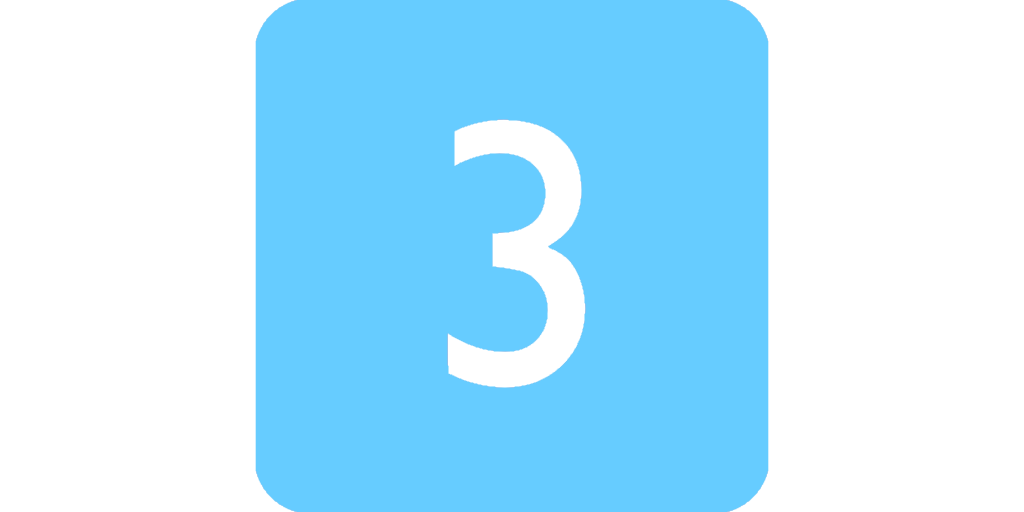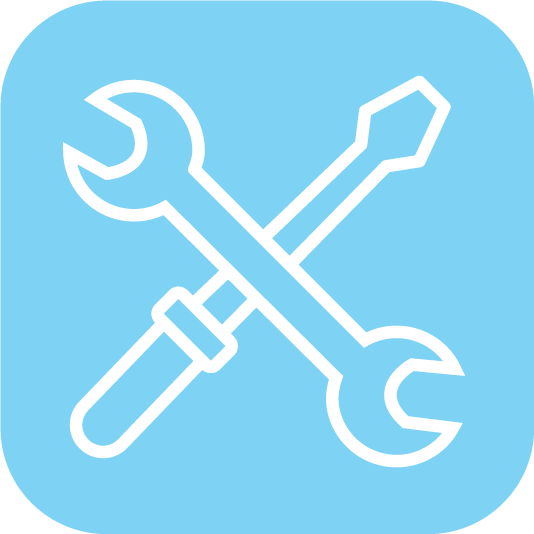Landing Page

A landing page is a simple website that can be used to present the solution online. It generally includes the value proposition and main characteristics of the offer and a call to action button where interested customers can register to receive further information. It is often used in combination with other test formats that generate customer traffic.
A landing page is a multifunctional tool that allows you to either evaluate whether a particular type of customer wants a proposed solution, test the traction or early demand for your offering quantitatively, identify relevant customer groups, and/or test the willingness to pay and different pricing models. Your landing page can be set up as a stand-alone page or Facebook page that displays your value proposition and aims to quantify demand by potential customers via a call to action. Ensure potential customers really understand your value proposition by creating a simple, visual and concise description of your offering (e.g. through an Explainer Video). In addition, you need to generate enough traffic to validate your hypotheses. Typically, this is done with Online Advertising, although you can use many different channels, such as Flyers, newsletters, contacting existing customers, or relying on personal networks for the very first steps.
While going through the testing process, your landing page typically evolves too. While starting simple with just your value proposition and a notification signup, later you can use it to A/B-test different types of offerings or price models. You can then use it to generate actual Pre-Orders and transform it into your fully-fledged product/company site.
Helpful Tips
Don’t focus on optimizing conversion rates: Especially at the beginning, you want to test and assess the attractiveness of the offering, identify potential pilot customers, and/or test pricing models. Optimization comes later when you launch the finished offer.
Start as simple and quick as possible: Typically, you will iterate and change a lot based on what you learn. This is great! Don’t slow down or hinder that process by being too critical or perfectionist.
Be clear about what you want to test: Even though the landing page is the platform for many tests, you can NOT do them all at once. Follow the testing process and change the landing page only to validate new hypotheses.
Research keywords and define KPIs: When using Online Adverstising to generate traffic, make sure to analyze the keywords. Also, be sure to set your metrics ahead of time and implement tools to measure them.
Fake it til’ you make it: A special format for a test with a landing page is called a fake door test. In this test, the user finishes a complete buying process that ends in an explanation that the product is not yet ready and a call-to-action. This allows you to measure interest via the clickthrough rate.
Combine with other formats: Your landing page is the perfect companion to connect different formats. You can refer to it on Flyers, in Interviews or Surveys for further information or use it as a basis for your Explainer Video, Pre-Orders, (Blog) Posts or A/B-Tests.

How to Guide
Create a visually appealing landing page with the key features and value proposition of your offering. Most importantly, add a 'call-to-action' such as a newsletter sign up or a notification on launch.
Advertise the landing page via suitable channels (e.g. AdWords, email campaigns, social networks etc.) over a set period and measure the conversation rate. You can also test different propositions or combine your landing page with other experiments such as explainer videos.
Evaluate your results with regards to your hypotheses and baselines. Use the data to further define your target group/offering/pricing model. Try to establish additional communication channels with interested future customers for quicker and more detailed feedback.
Tools & Guides
There are a multitude of landing page offerings. Specialized landing page builders (e.g. Unbounce, Instapage, Leadpages, Landingi) offer everything from hosting to template based designs. Free and more simplistic options are Google Sites or Launchaco. Another option is normal website builders – these range from free to full-fledged website offerings and come with different constraints (e.g. GoDaddy, Wix, WordPress, JimDo, Squarespace, Webflow). Alternatively, you can use the usual website design software to create your landing page and simply use a hosting provider – this is most sensible if you have the expertise with these tools in-house (e.g. Dreamweaver, Sketch, Figma). Usually, the easier the tools, the less flexible you are, but the faster you can deploy your page.
Do you need help with a specific project or want to learn more about how to use the Business Model Testing Cards?






